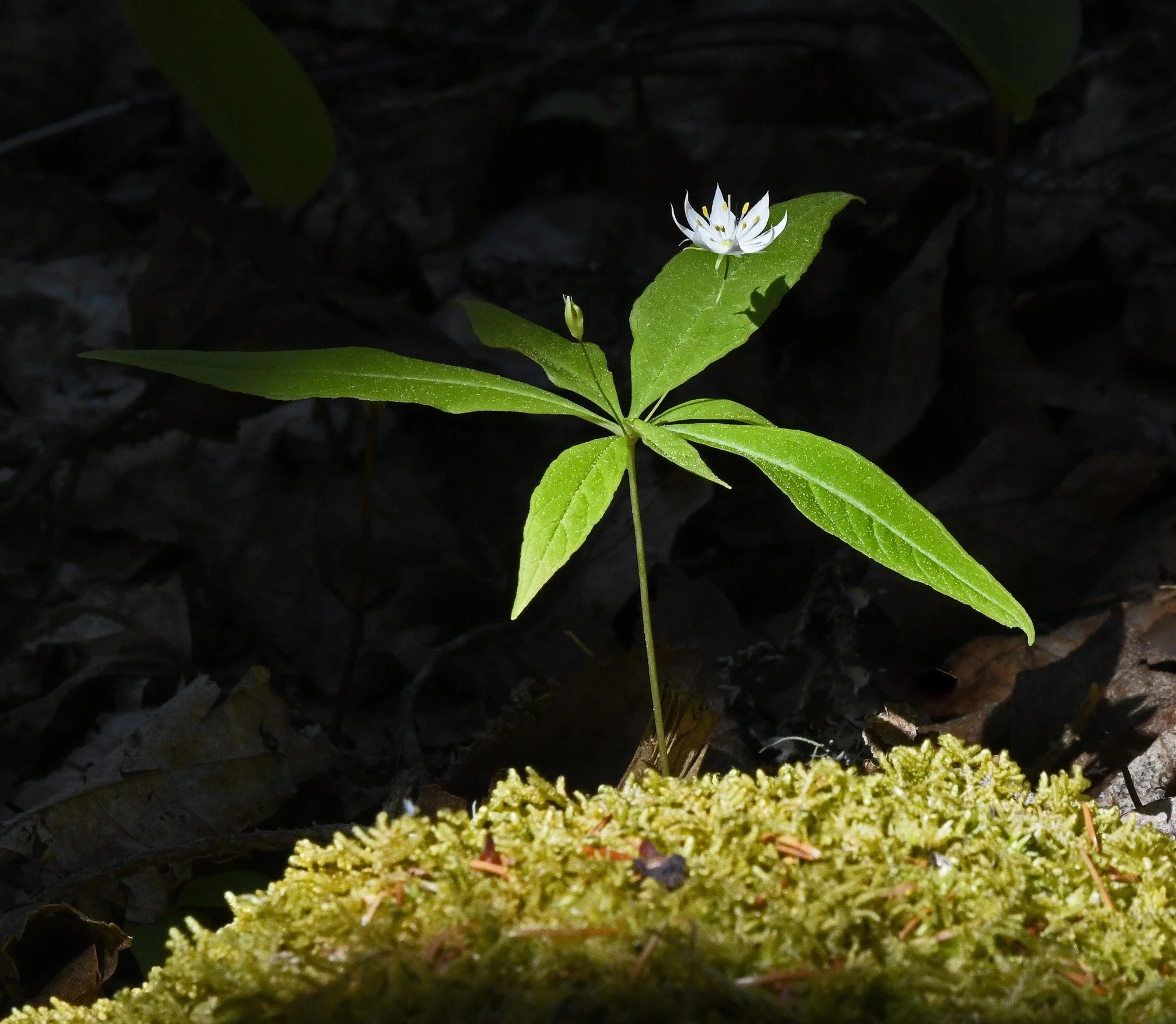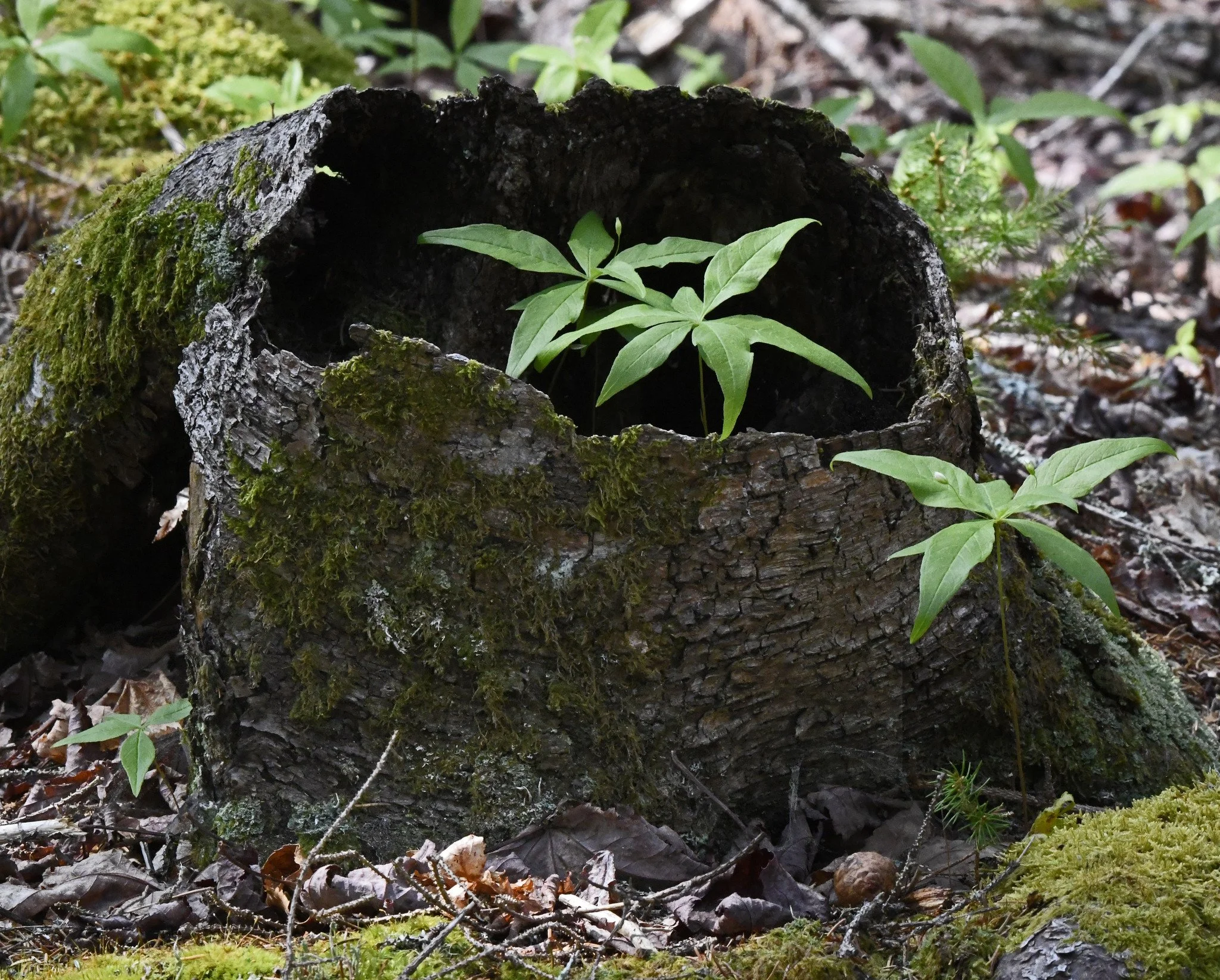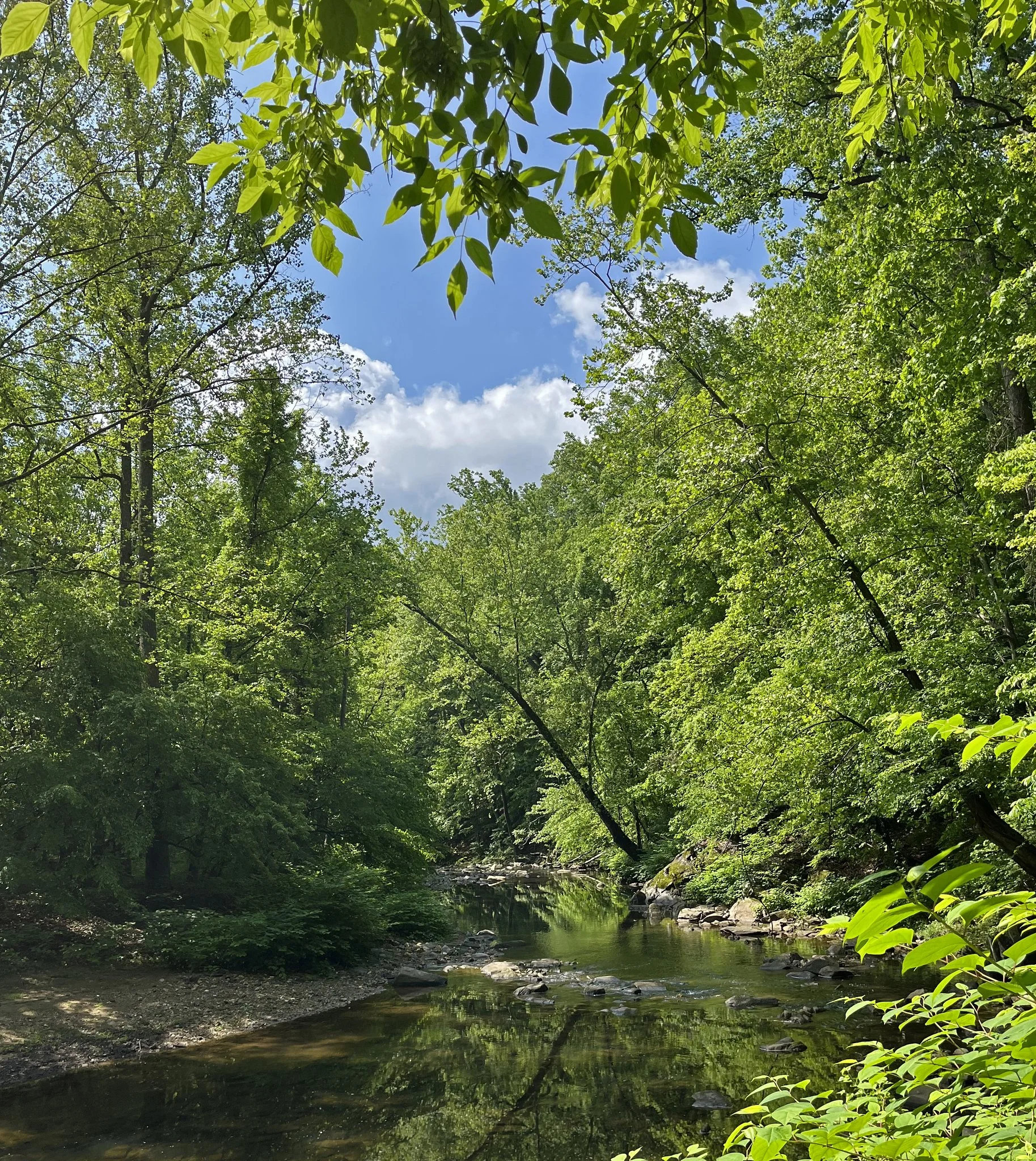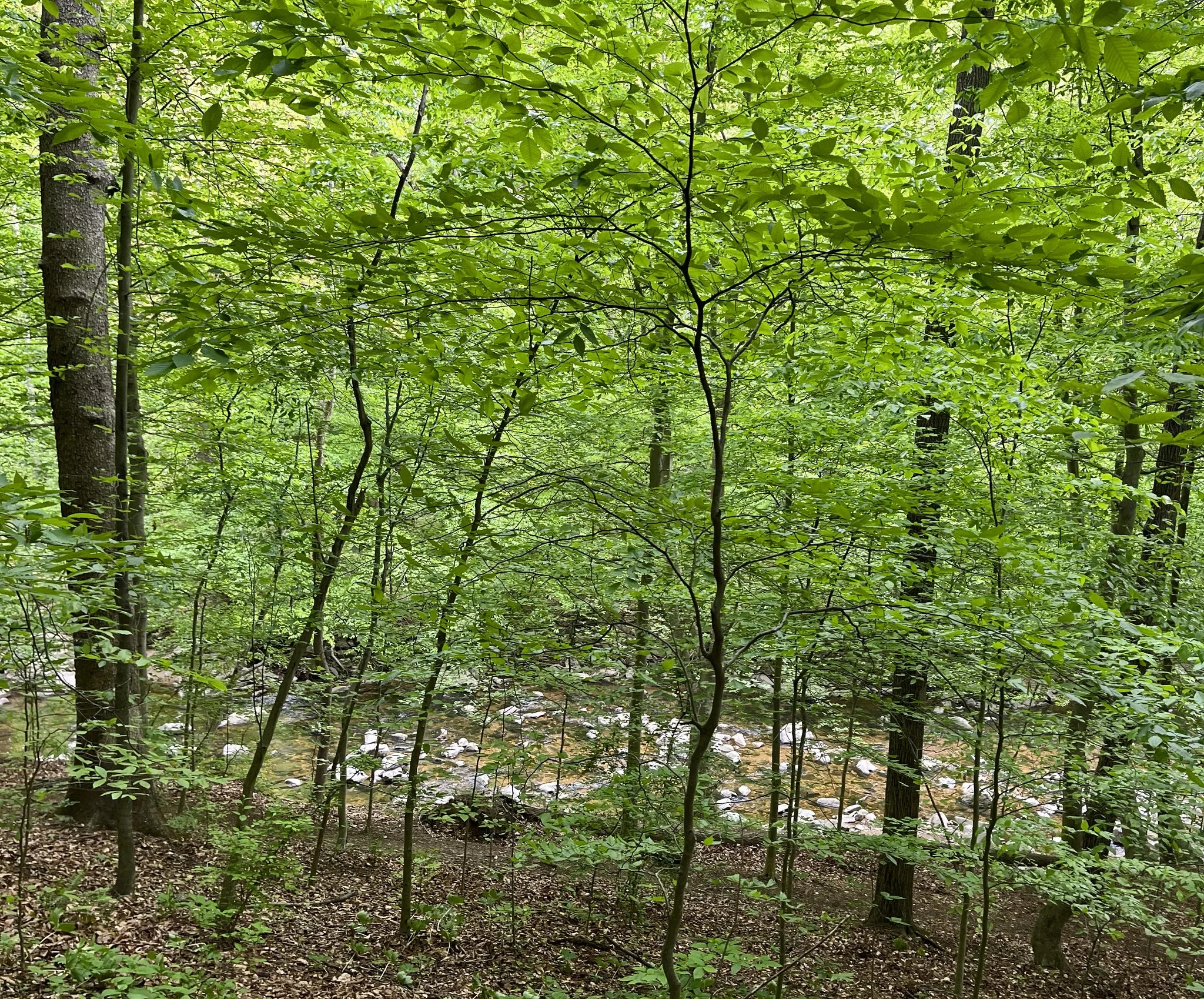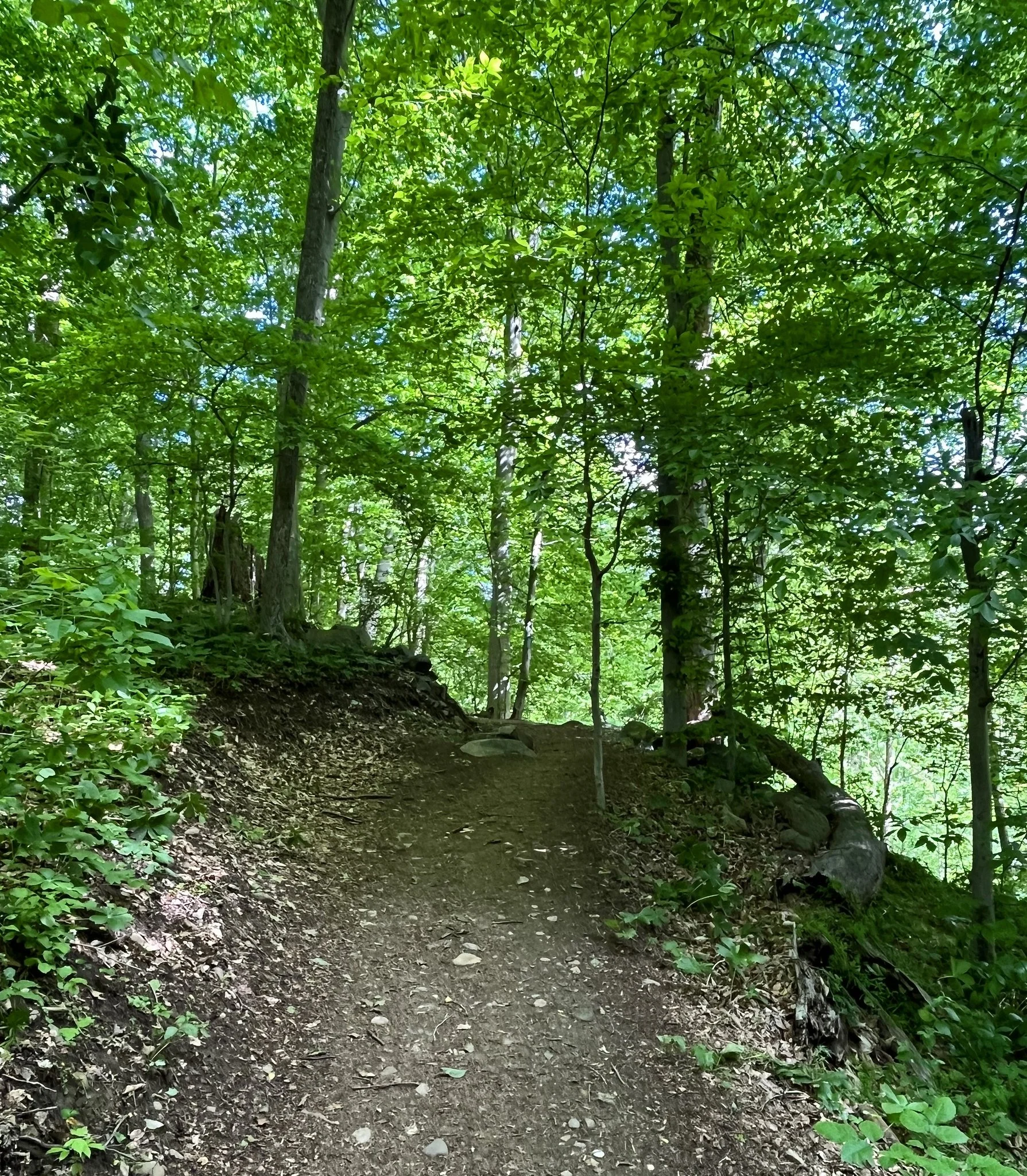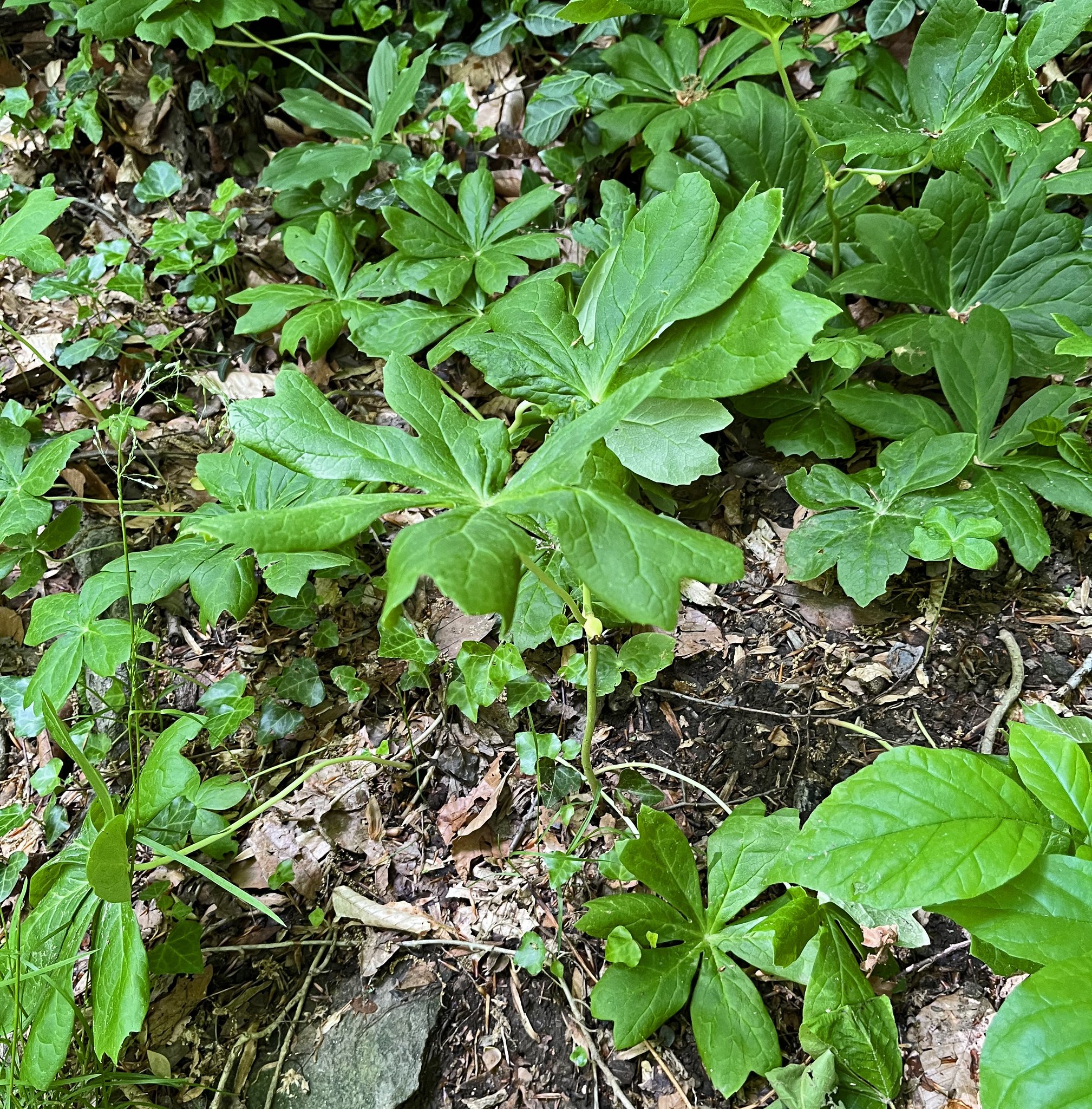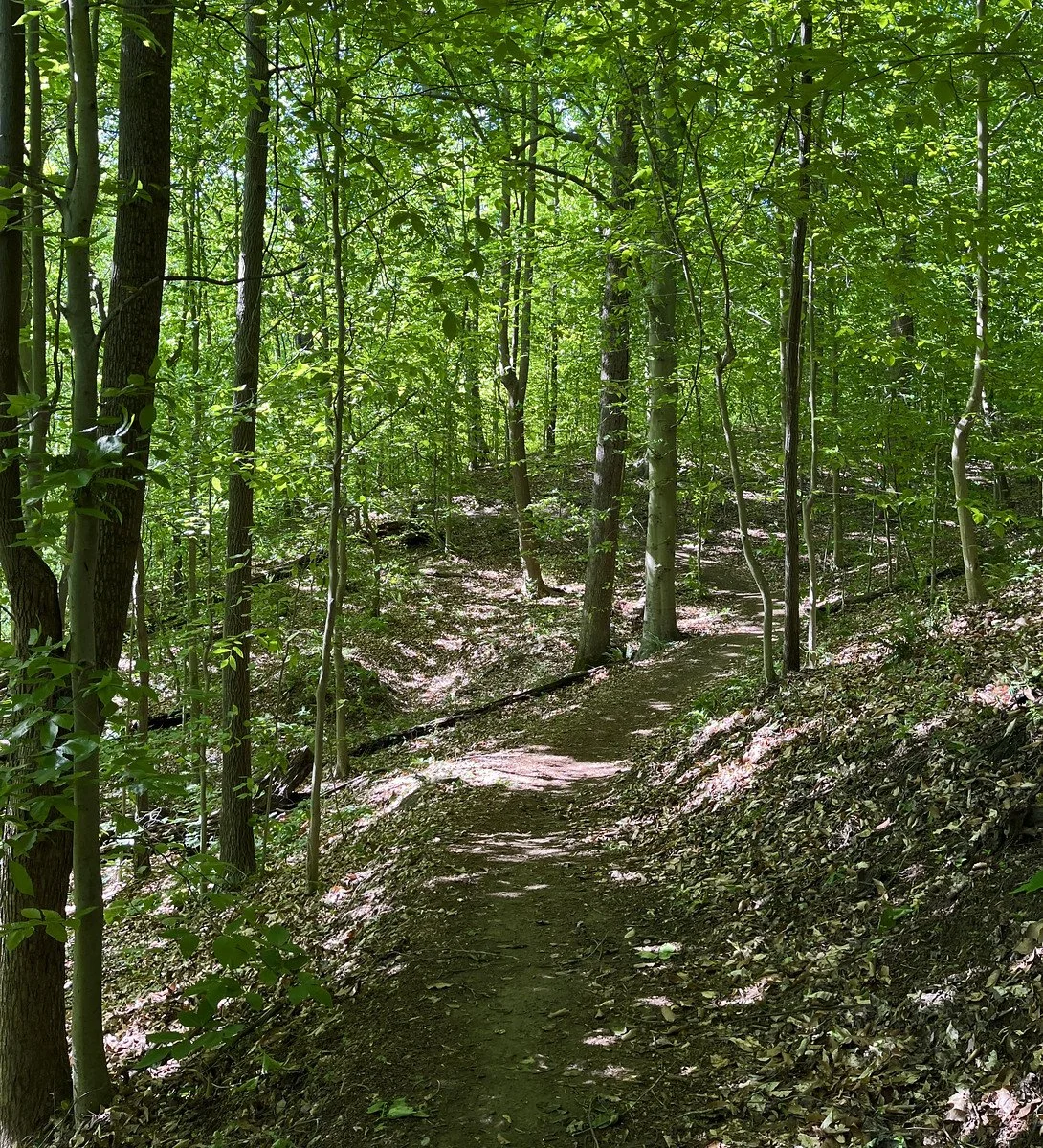It’s Memorial Day, a time to remember and honor the military men and women who lost their lives in service to the United States of America.
Above, you see “Taps” being played at Arlington National Cemetery during a military burial ceremony for a friend and colleague of mine a few years ago. Traditionally, when “Taps” is being played at a military burial, it is performed by a single bugle or trumpet. Here, it’s being played by a member of the Marine Corps Band, since my friend served in the Corps and its Reserves.
The National Cemetery, the final resting place for almost 400,00 people, is located in Arlington, Virginia, across the Potomac River from Washington, D.C. It was established during the Civil War on property confiscated from Confederate General Robert E. Lee, whose former mansion is visible on the distant hill in the image above. Below is the Marine Corps color guard that led the procession at the burial of my friend, whom I still honor.
(Images taken in Arlington, Virginia, on November 13, 2015.)










